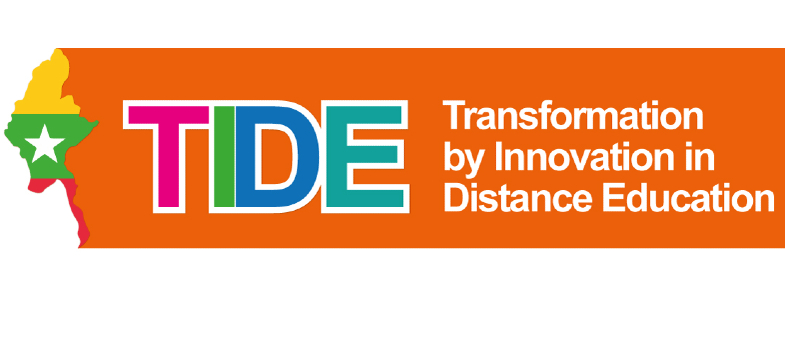Context:
Mobile phones can be carried in a pocket and can provide access to various sources of information, knowledge and data worldwide. They easily promote collaborative and different types of learning through their wireless connection to the internet. This
obvious advantage carries huge potential that is exploitable for the benefit of education (Naismith, L., Lonsdale, P., Vavoula, G., & Sharples, M., 2004). Such an enormous developmental change was noticeable in Myanmar during the last
decade when the internet accessibility arrived at virtually every university of our country. At that time, mobile phone usage during the classroom was not encouraged, not only in several countries worldwide but also schools and universities
in Myanmar. Nowadays, Myanmar has at least 33 million active mobile subscriptions in a country with an official population of 53 million. Mobile phone usage rate has increased to up to 80% all over the country in the 2014 census. These
mobiles as education tools could be the basis of an online learning society in Myanmar.
After having the matriculation examination, two hundred and sixty thousand students in 2018 must attempt to higher education which their preferred institutes or universities or polytechnic collages or vocational education centers based on their matric result marks. Nowadays, seven hundred and eighty thousands of students are studying as undergraduate students of forty-eight Arts and Science universities within Myanmar. About two hundred and fifty thousand of students’ entrance allow day-study in the Arts and Science universities. At that time, the rest five hundred and thirty thousands of students join to the thirty-five Distance Universities of Myanmar (15 universities in Lower Myanmar and 20 in Higher) except Education Universities, Yangon University and Mandalay University (News and Periodical Enterprise 2019).
For the day-study undergraduate students, each studies for two semesters (four months) for four years. Thus teachers have a lot of lecturer, discussion, practical and tutorial times as well as students have for study times four months per semester doing as a participant of their university life with other activities such as Red Cross, Scouts, Sports, Arts, Excursions, Field Trip and other events for each semester. For distance students who are based on student–workers life, each subject takes ten days or twelve hours per year within intensive courses lecture time. In this case study, I will focus on the role of day-students in Hinthada University because more than four hundred and fifty day-students of geography specialization know on the mobile phone lecture-class than distance students. The student groups were both undergraduate (1styear Map work and basic techniquesI &II and 4thyear Geomorphology I&II) and postgraduate (2ndyear Honest Research methodology and field surveyand 1stMaster Special technology for research). For my lecture time schedule for each semester, More than fifty studied as the first year geography students and thirty-five students were attending at the final year. And, seven students for master degree were attending at Hinthada University.
Mobile phones motivate studentsto be more interested in their specialization courses. Today, the mobile phone to enhance distance learning systems is being utilized worldwide (Wagner E.D., 2005). Mobile learning can be more interactive involving context, communication and collaboration with distance student of Myanmar.
|

